Ways to create a personalized learning plan
Every child deserves an educational experience that fits their learning abilities. That’s why it is so crucial that parents, teachers, and administrators recognize and diagnose any roadblocks students may have to learning.
But sometimes students slip through the cracks, and their disabilities aren’t properly diagnosed. Without an official diagnosis, those children are not eligible for individualized education plans. Lacking IEPs, these students are at a disadvantage in regular learning classrooms because their needs aren’t being met.
This is where teachers can help. Once they get to know their students, teachers can create personalized learning plans (PLPs) to help those with undiagnosed disabilities succeed in a regular learning environment.
The problem is that most teachers don’t have a lot of extra time in the day to dedicate to creating and managing multiple PLPs. Educational consultant Matthew Lynch, Ed.D., says finding the time to develop unique instructional approaches can seem like an insurmountable challenge to teachers. But it doesn’t have to be.
Creating and managing personalized learning plans can be done without too much added stress when you follow a process and utilize the right tools.
Pro Tip
For an insightful look into the future of higher education, explore “8 Top Trends in Higher Education to Watch in 2024” on Jotform’s blog.
6 steps to creating a personalized learning plan
Personalized learning plans take some effort to create, but they are worth it because they help students reach their full potential in class. This is especially important for students who may have undiagnosed disabilities because you don’t want them to feel ignored or lost in the classroom.
If you identify students who might benefit from a PLP, follow these key steps to create PLPs that will help them succeed.
1. Set learning goals
The only way to judge how well your plan is working is to assess whether or not your student is meeting goals. Goal setting shouldn’t be treated as an arbitrary process. It should be based on an analysis of the student’s strengths and weaknesses or disabilities.
And you shouldn’t take on the task of creating those goals alone. Education consultant Emily Hamm suggests teachers include students to create truly effective PLPs. This includes identifying the student’s current academic standing and their learning preferences.
Rachel Tustin, Ph.D., instructor at Educational Testing Consultants, agrees. She advises teachers to work with students to create SMART goals:
- Specific. Each goal must be tied to something very specific. For example, focus on getting an A on a chapter test, not just getting an A in the subject.
- Measurable. Students must be able to determine when they have reached a specific goal.
- Attainable. The goals must be agreed upon by the teacher and the student as being achievable.
- Realistic. Goals must be reasonable to the student, and so they can be reached using the resources available.
- Time-based. Goals must have a definitive timeline and be trackable.
2. Map learning modalities
It is crucial that teachers understand how their students learn, especially those that may need additional assistance in class. By observing your students, you will be able to determine their learning modalities: whether they are visual, auditory, kinesthetic, or tactile learners. Armed with this information, you can build the PLP and your instructional activities around their learning preferences.
3. Incorporate student interests
To get students more connected to lessons, incorporate some of their interests and hobbies. Observe your students and get to know them. When you weave their interests into lessons, you personalize the learning and make them feel like they are being heard in the classroom. They become more engaged in learning and will therefore want to pay closer attention and work harder, says education writer Janelle Cox.
4. Teach students how to track progress
The more involved students are with tracking their progress, the more engaged they will be with learning and the better they will perform in class. When students track their progress, they see an average of a 32 percentage point gain in achievement, according to research by Robert J. Marzano, Ph.D., cofounder and chief academic officer at the Marzano Research Laboratory.
There are a number of ways students can track their learning. These include keeping track of learning software dashboards, maintaining dedicated notebooks where they document what they learn each month or term, or making a “victory list” of personal successes, says educational author Barbara Blackburn.
If students aren’t able to literally see their progress and know where they are in meeting their goals, they won’t be as motivated to learn. When they personally track their progress, they are more likely to take ownership of their learning.
5. Assess for learning
Be sure to chart progress based on assessments and periodic checkups. Chart growth metrics and celebrate milestones. Doing so will help students stay motivated and encouraged in class. Give feedback to your students based on their progress and achievements so they feel included in the learning process.
6.Revise plans on a regular basis
Goals and learning abilities change throughout the year. The New England Secondary School Consortium recommends that teachers and students meet every month or six weeks to review PLPs and ascertain if the strategies in the plans are working. This helps teachers determine if established PLPs are continuing to inform teacher instruction and student learning or if new strategies need to be created.
Using digital tools to manage personalized learning plans
Creating and managing PLPs can seem daunting. However, digital tools can help you to personalize learning for your students who may have undiagnosed disabilities.
In fact, a number of personalized learning platforms are designed specifically to help teachers and students create personalized learning plans. With these, you can create PLPs and track progress all in one place. Some of the most commonly used include
What’s more, digital lesson plans are a great way to create multiple versions of lesson plans that can be easily manipulated to accommodate individual student learning needs. They are also easy to share with other teachers who could benefit from knowing about a student’s challenges and capabilities.
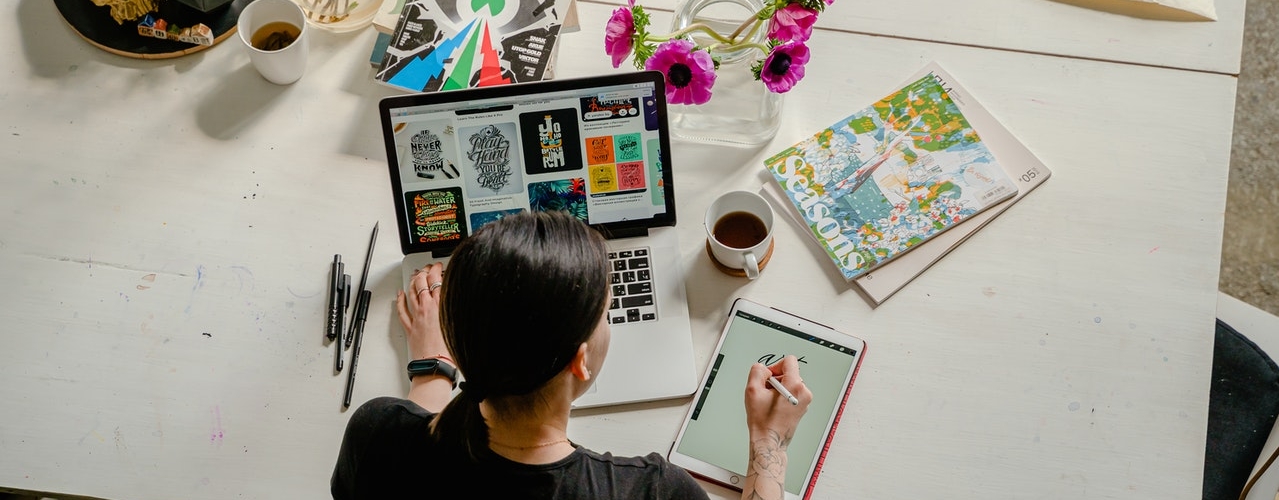








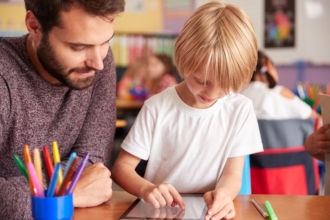
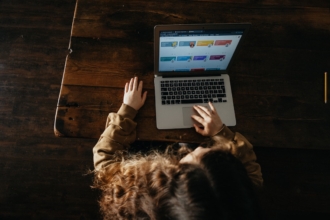


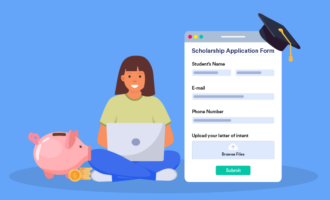


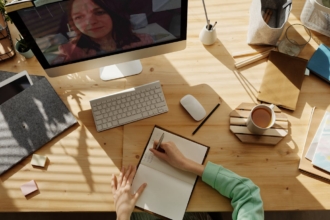
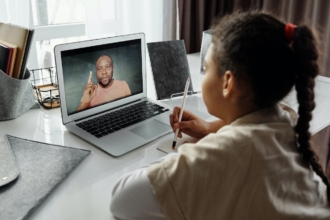
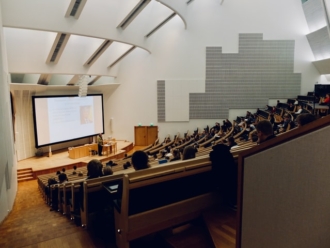


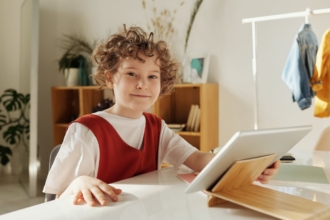


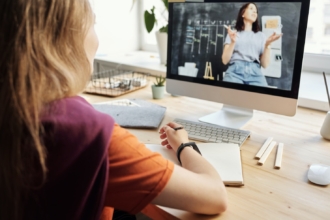
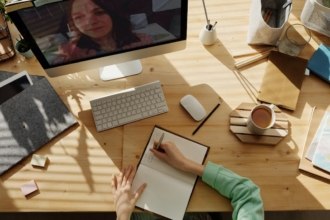

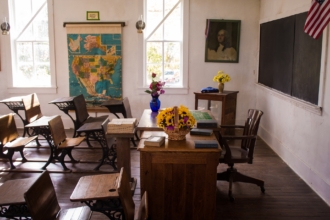


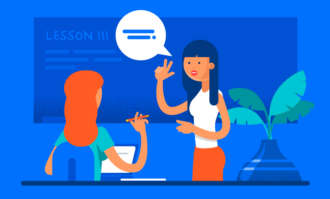
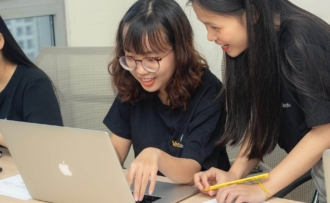





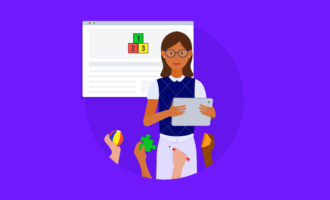



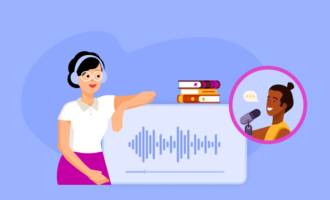
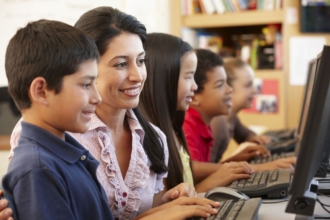
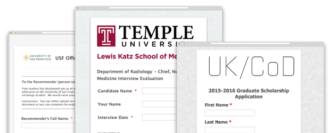
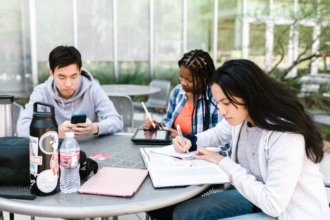




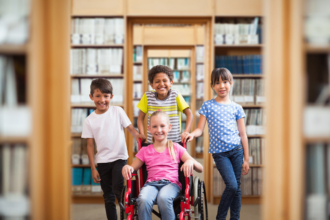

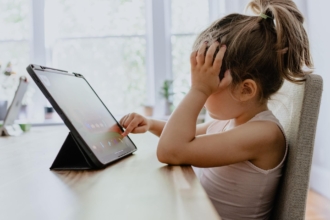




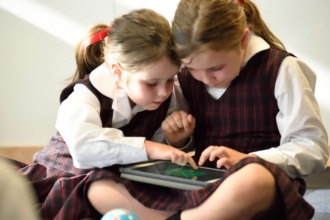
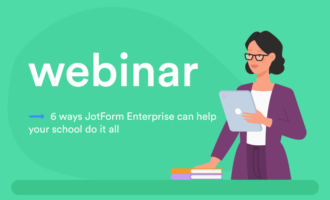



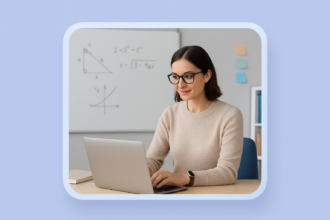

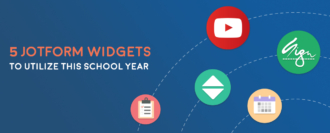

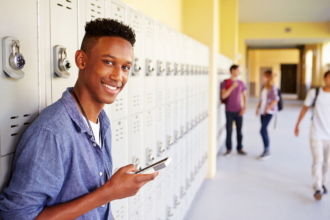
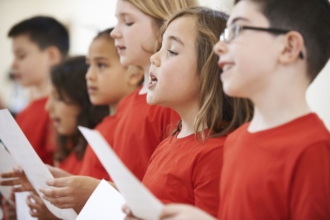



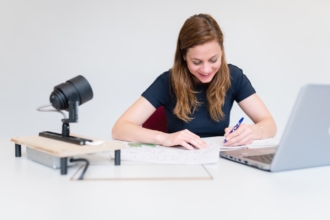



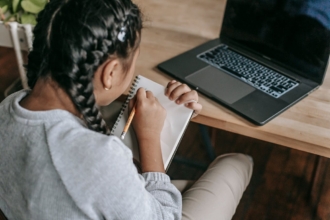

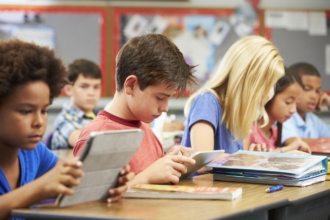

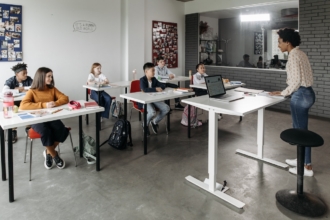




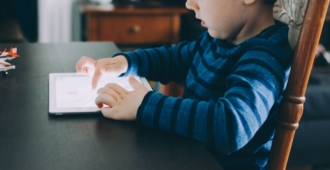
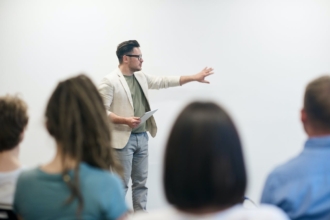

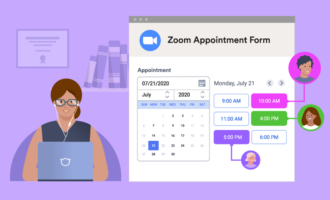

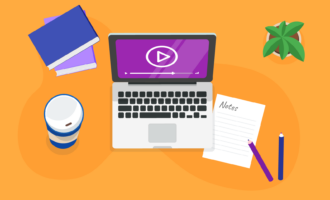
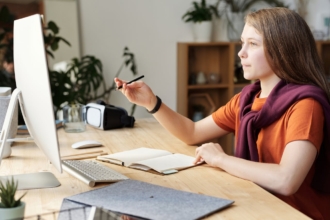


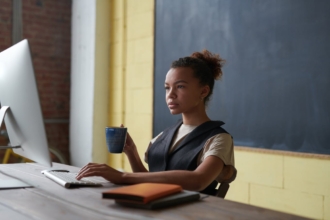
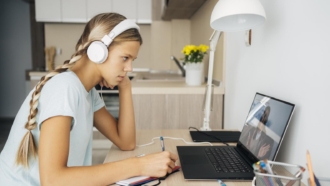
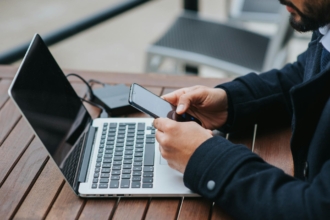


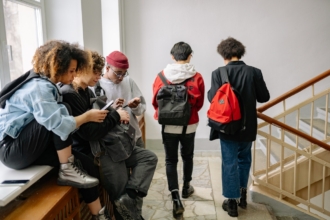



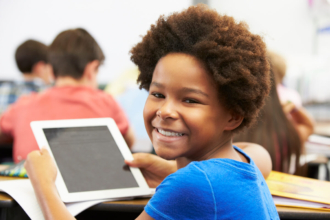
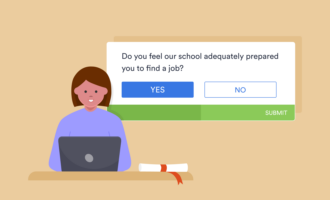
Send Comment: